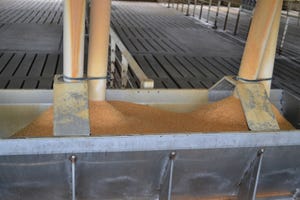Livestock Management
More Topics
thumbnail
Livestock Management
CBS Bio Platforms expands U.S. team, ramps up capacityCBS Bio Platforms expands U.S. team, ramps up capacity
Monegue recently joined firm, supporting the increasing demand for Feed Science Platforms.
Subscribe to Our Newsletters
National Hog Farmer is the source for hog production, management and market news
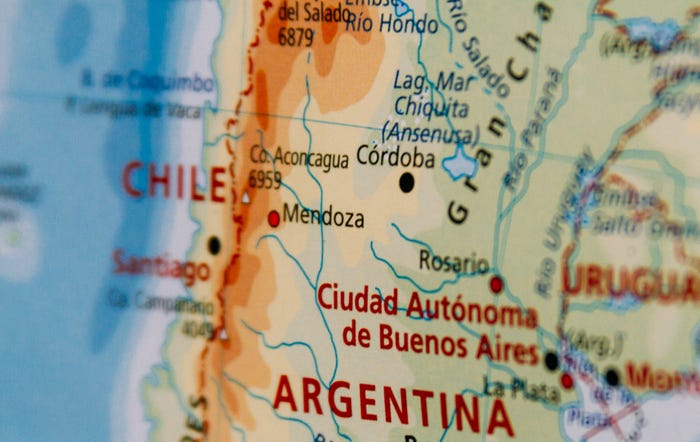
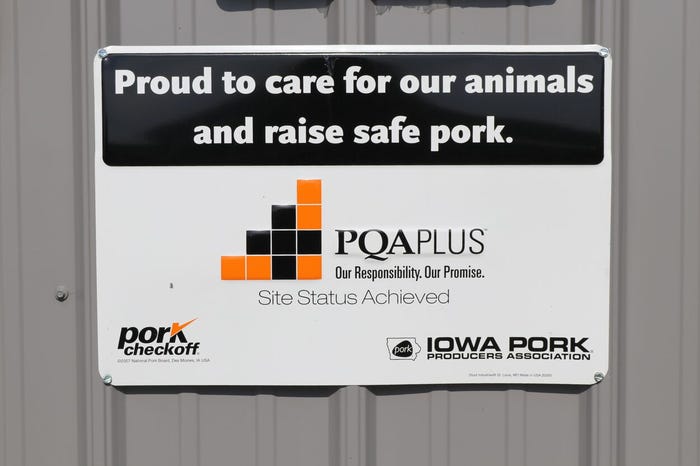

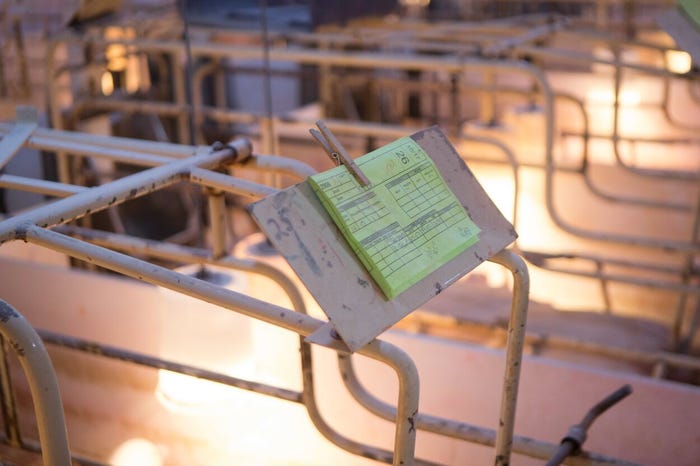
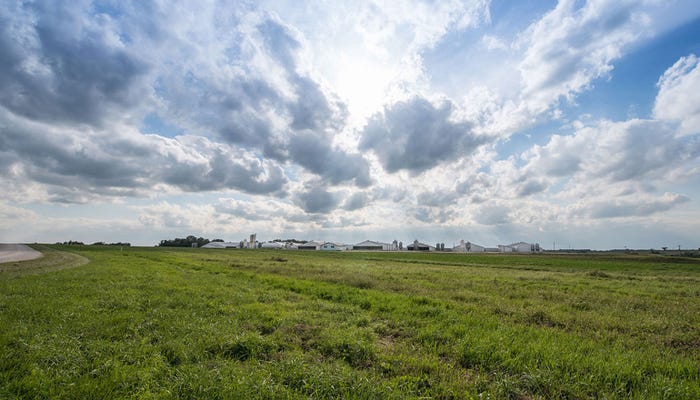
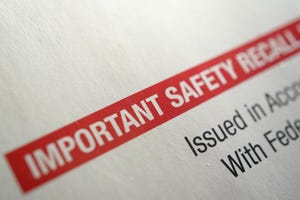

.jpg?width=300&auto=webp&quality=80&disable=upscale)






.jpg?width=300&auto=webp&quality=80&disable=upscale)
